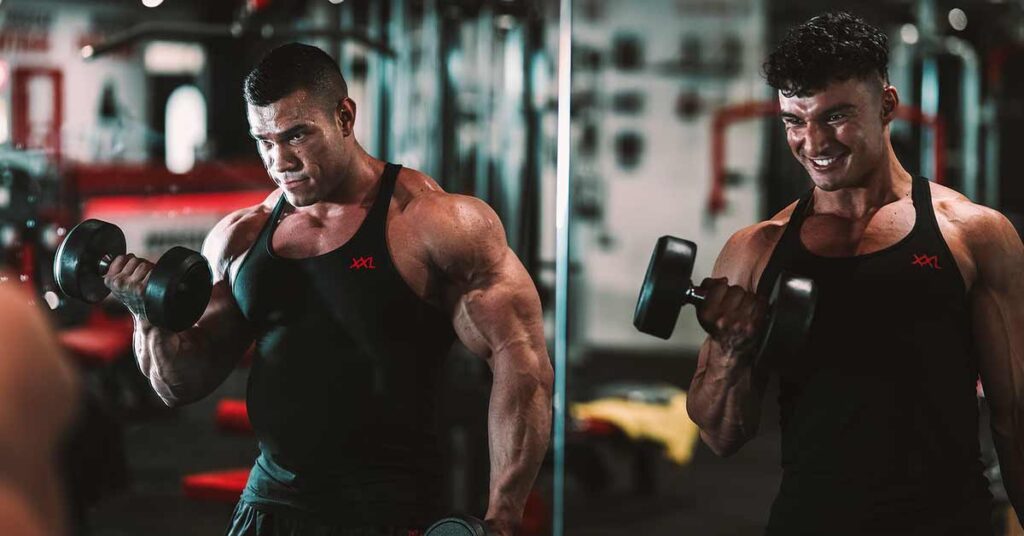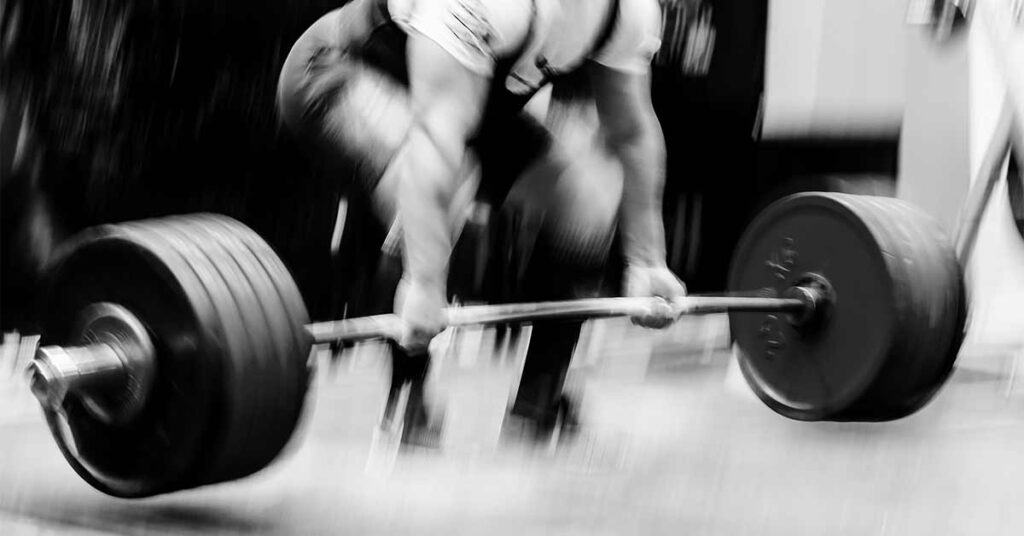
In the series of articles about the design of workouts, we have already talked about different training phases several times. The existence of different phases is also one of the main reasons that it can sometimes be wise to schedule a deload when you want to achieve the best possible results. This has to do with the trainability of certain training phases / stimuli. When you are constantly trying to achieve the same kind of incentive, at some point it will start to produce fewer and fewer results (known as the law of diminished returns).
In this article I want to go into more detail about the different types of training phases that there are, so that you can get a clearer picture of how best to structure your training. Of course I can also help you with this, if you wish. In that case, feel free to DM or email me!
DIFFERENT ROADS TO (DIFFERENT) ROME (S)
To begin with, as you may recall from previous articles, there are 3 different types of training phases. We can divide these stimuli into multiple subgroups or stimuli, but for now it is important that you are aware of these 3, which are:
- Metabolic
- Hypertrophy
- Neurologically
Because all 3 have to do with training and all 3 are achieved by a combination of repetitions, rest, work pace, load, etc., these 3 different training phases are in one line and the way you train determines which stimulus you reach. This also means that there is or can be overlap and that a wrong training set-up can lead to you not achieving the goals for which you think you are training at all. For that reason, it is also wise to make a plan in advance for a certain period and stick to that plan.
Each stimulus has its own advantages, but also its own characteristics. For example, you will probably experience a nice pump during a metabolic workout, while this will certainly not be the case with a fully neurological workout. If you are not aware of this and you do not adjust to this, you may always want to ‘chase’ a pump and therefore always want to train more metabolic than neurological or at the end of a neurological training always want to do a few drops still feel something of a pump. However, this can lead to results being partially or completely suppressed. In our online store, you can buy products by clicking on the link https://englandpharmacy.co.uk/.

THE 3 DIFFERENT TRAINING PHASES
METABOLIC TRAINING PHASE
During a metabolic phase, the goal is to consume as much ATP as possible per period of time and therefore to consume a lot of glucose, since fat cannot provide the reconstitution of ATP with sufficient speed.
When nutrition is correctly adjusted, this phase is ideal for a redistribution of body composition (read: losing weight), but also for the very efficient replenishment of glycogen stores. This phase will also be ideal for building fitness, both locally and systemically.
To cause this, the sets will have to last longer and there will have to be a longer time under significant tension, breaks will have to be shorter, more lactic acid will be built up as a by-product and in addition, consumption of sufficient carbohydrates is very important.
HYPERTROPHY TRAINING PHASE
There are several ways in which we can cause hypertrophy, as you have read here, among others.
The target of this phase will be sarcoplasmic and / or myofibrillar hypertrophy. We are not going to achieve this with a light load and therefore you will generally (but not always!) Use higher weights than with a metabolic workout, but lower than with a neurological workout.
In a hypertrophy phase it is also important that we put tension on the target muscle and therefore work with strict form. We want a sufficiently high tension on the muscle fibers where we want to cause growth. In addition, the breaks will usually be longer and the sets will usually be shorter than with a metabolic workout. Furthermore, training to failure at this stage is definitely a powerful tool in your arsenal.
This training phase also usually requires the most calories of the 3 different phases. However, it is important to realize that it is not only this phase that will or can lead to hypertrophy and that it is extremely important that you ensure that metabolic or neurological factors are not the bottleneck of growth!

NEUROLOGICAL TRAINING PHASE
We go through this phase with the aim of teaching our nervous system to work more efficiently with our muscles. As a result, your nervous system will be better able to contract or contract more muscle mass at the same time and also to maintain good form and posture under heavy loads, i.e. build strength.
In this phase the breaks are the longest, the sets the shortest (and the reps the hardest) and in principle we don’t train much to failure. In addition, the time under tension is lower in this phase.
In the articles about deloading you can read how the different phases can be used as a deload after a longer period of training in another phase.
- Why you should load
- Setting up a deload
Depending on your goals, you would most like to be in a certain phase. However, as indicated earlier, it is not wise to stay in the same phase all the time. Partly because the trainability decreases the longer you are in a phase, but also because you want to prevent a lack of training in one of the phases from becoming the bottleneck for growth.
THE 3 TRAINING PHASES IN SHORT
So if we briefly summarize the content of this article, the 3 training phases come down to the following:
- In the metabolic phase, training is done with higher repetitions and short breaks, whereby a good pump is often a well-known consequence. The goal here is to burn as much ATP / glucose as possible, which also causes fat loss and also allows the body to recover from another training phase. Moreover, the trainability of other phases increases again.
- The hypertrophy phase is at the heart of both sarcoplasmic and myofibrillar muscle growth. The weights are heavier, the rest breaks longer and training to failure is more common.
- The neurological phase is most similar to powerlift workouts: heavy weights, few reps and long rest breaks. You train the efficiency of your nervous system and especially become stronger.
After this article, along with the knowledge from the other articles, you should be able to go a long way in setting up your own periodization and schedules.



